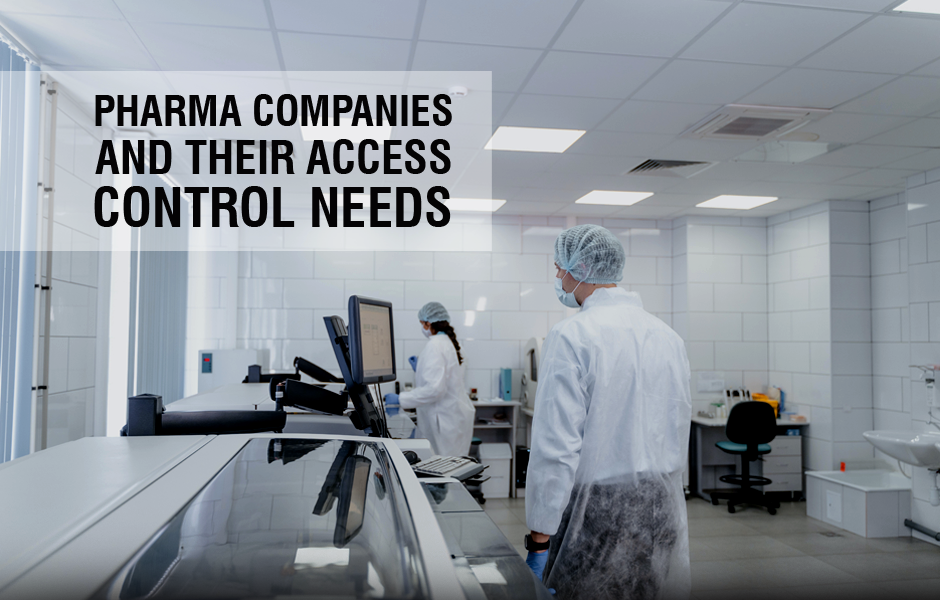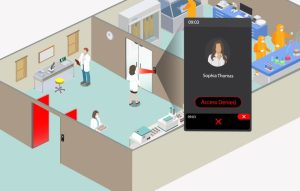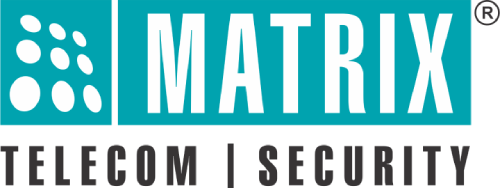
With new life-saving drugs being created every day, the pharmaceutical industry is directly involved in saving human lives across the world. With how important the work of this sector is, it becomes more important to leverage physical access control for the pharmaceutical sector. This helps to protect intellectual property and physical as well as human assets.
The top concerns about security in pharmaceutical industries include the safety of materials in the company warehouse and the security of confidential information. These losses can lead to issues inclusive of drug counterfeiting, brand damage, and many more that affect the company as a whole.
Access Control & Pharmaceutical Companies
With risks that it faces internally as well as externally, these companies need to strengthen their less secure areas. Healthcare data, research details, company secrets, manufactured end-products – there is a requirement for special access provisions to control the flow from places containing these important elements.
There are rapid changes happening in security needs, especially physical access control for pharmaceutical companies and the changing nature of security breaches. The major pain to solve here is to remove inefficient access control solutions for the pharmaceutical sector. Fighting a war with badly equipped weaponry leads to sure defeats. This brings us to the conclusion that a well-built access control system is the need of the hour for pharmaceutical companies to fight security issues.
But, there is another dimension to access control systems for these companies beyond security reasons.
The need for Access Control beyond Security
The answer to that thought is a big YES!
While elements pertaining to security are to be controlled, it is equally important for pharma companies to maintain the environment within their production units, research divisions, and packaging units.
All through the processes involved in these units, there is a high requirement for the environmental conditions to be controlled as per the need. This is because environmental factors such as humidity, temperature, allowable particle size, and more have a degrading effect on product quality, shelf-life, and more such properties. This affects the quality of the drug or the raw materials needed to make the drug.
Beyond these concerns, sanitation and hygiene are equally important aspects needed for the smooth functioning of such facilities. While devices can help maintain the environment within the facilities, there are high chances of contamination occurring at the entry and exit points. If not checked, this can further lead to the spread of contamination across the facilities and hence needs to be curbed right away.
This is where Access Control Solution comes into the picture. Different solutions provide different answers to this key problem within the pharmaceutical industry. Let us understand how access control solutions solve this trouble.
Leveraging Access Control for Controlled Traffic
The only way to control traffic is to control the door that allows entry or exit from that area. For all access, the opening of the door is to be set in such a way that it opens only on certain conditions. Failure to match these conditions will cause the door to stay closed and in turn, protect it from any harmful elements, especially in environmentally sensitive areas.
Full Control over the door can be achieved using a dedicated door interlock in conjunction with door sense or similar devices. It can also be achieved using a normal access door controller with advanced access features. The method of ensuring control over a particular space with two doors in tandem is called Door Interlocking. It goes by many other names such as Airlock, Mantrap, or Tiger Trap.
Basic Functioning:
The Door Interlocking establishes a closed environment by controlling two or more doors that enclose a singular space. As a part of access control, it incorporates a trapped environment for anyone before they enter or exit a secure space, especially a space with high demands of environmental conditions.
In the simplest form, similar to an airlock, this framework for door interlocking is made of two doors connected through electronic means. The framework is created to not allow the opening of one door if the other door is open.
The benefits also become more apparent with the introduction of contactless credentials. Beyond conventional biometric access control, Contactless credentials such as Face Recognition and Mobile Credentials bring in a higher amount of hygiene control. With such features, the Man trap feature brings in true contactless access within your environment-controlled units.

Benefits of Door Interlocking
Functionally, door interlocking helps in maintaining certain environmental standards needed for their exclusive unit needs. This is true, especially in manufacturing and R&D units. The benefits that accompany this feature are listed below:
- Reduction in contamination despite high-volume traffic
- Reduction in overall Manpower and maintenance cost
- Reduction in overall contamination including those of micro-biological and particulate nature
- Prevention of unauthorized as well as multiple entries
Wrapping up
Matrix Access Control Solution for Pharmaceutical Companies brings greater control over security within their facilities. Especially with its advanced access features, you can leverage the same access architecture. This helps to control entry and exit points throughout your important units requiring delicate environment control without additional devices. With decades of experience in the world market, Matrix leverages its active insight into the security needs of your organization.
Connect with our experts at inquiry@matrixcomsec.com to get the best security solutions for your organization!

